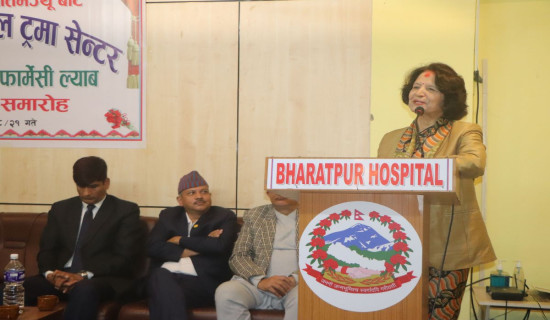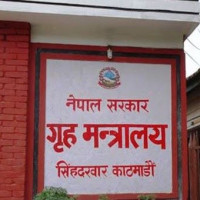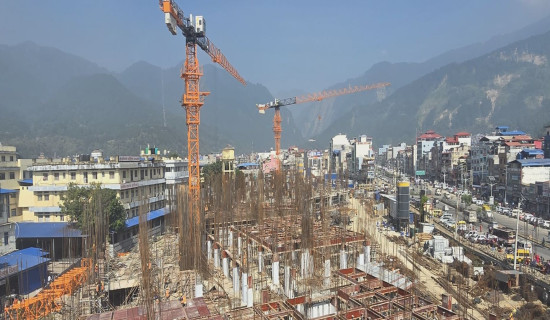- Monday, 8 December 2025
Laudable Disaster Response
"A stitch in time saves nine," goes the saying. This adage encapsulates the importance of responding promptly to prevent a problem from worsening and saving a great deal of resources in the process. This is exactly what has happened in the recent catastrophic floods and landslides that tore through many eastern districts of the country, with Ilam being the worst affected. As the government leapt into action before, during and in the immediate aftermath of the disasters, a great many lives, infrastructures, and properties have been saved from ruin. While the death of dozens in the Ilam landslide is tragic and reminds the urgency of improving the weather forecast even further, experts argue that timely proactive steps went a long way to contain the losses elsewhere.
Experts argue that measures like early warnings, road closures, and inspections on the ground helped avert casualties that might have been much higher if the government hadn't stepped in with those measures. Following the devastating floods and landslides of September 27 and 28 last year, the country was again in the throes of rainfall of biblical proportions, with over 36 hours of torrential rains beginning Friday afternoon. The Department of Hydrology and Meteorology (DHM) had issued warnings urging citizens to exercise extreme caution in areas prone to flooding and inundation, as heavy rainfall was expected to last for days.
However, this time, the government activated an effective information dissemination system. Residents returning from rural areas after celebrating the Dashain festival were immediately alerted to potential hazards. Government agencies, such as the DHM and the Disaster Management Authority (DMA), were in action to continuously advise the public against long-distance travel from October 3 to 6.
People have described the response as the presence of the government this time in the true sense that worked decisively to keep vulnerable people safe from harm's way. Meteorologists had predicted heavy rainfall in advance, prompting authorities to suspend night-time traffic along at-risk highways. Unified communications flowed from the Prime Minister's Office to local authorities, while mobile alerts broadcast real-time flood and landslide warnings. Online media provided minute-by-minute updates.
This year, the Prime Minister and Council of Ministers have been actively engaged in early warning and disaster preparedness. Authorities coordinated the effective mobilisation of state mechanisms and appealed directly to citizens to exercise caution. It has been evident that the government took the matter with urgency and worked on a war footing, which worked to reduce people's vulnerability to natural hazards. The government’s concrete planning also played a pivotal role. Unlike in the past, the government was arguably better prepared this time.
The nation's three security forces – the Nepal Police, Armed Police Force and Nepali Army – mobilised nearly 30,000 personnel on the ground to respond to the nationwide disasters, among whom were search and rescue teams, professional divers, and well-equipped disaster-trained responders. Nepali Army helicopters evacuated injured residents to safety, and local police coordinated with disaster management teams to reach isolated communities.
Worryingly, though, virtually all major and minor highways remain disrupted. The Mechi Highway, a critical lifeline linking Ilam, Panchthar, Taplejung, and Jhapa, remains out of service. Likewise, the Jogmai Hydropower Project has suffered destruction, as have several other similar projects, disrupting power supply across affected districts. Critically crucial bridges have been washed away. The urgent task for the government is to restore these critical infrastructures. This disaster highlights the criticality of resilient infrastructure, an early warning system and disaster preparedness.

















